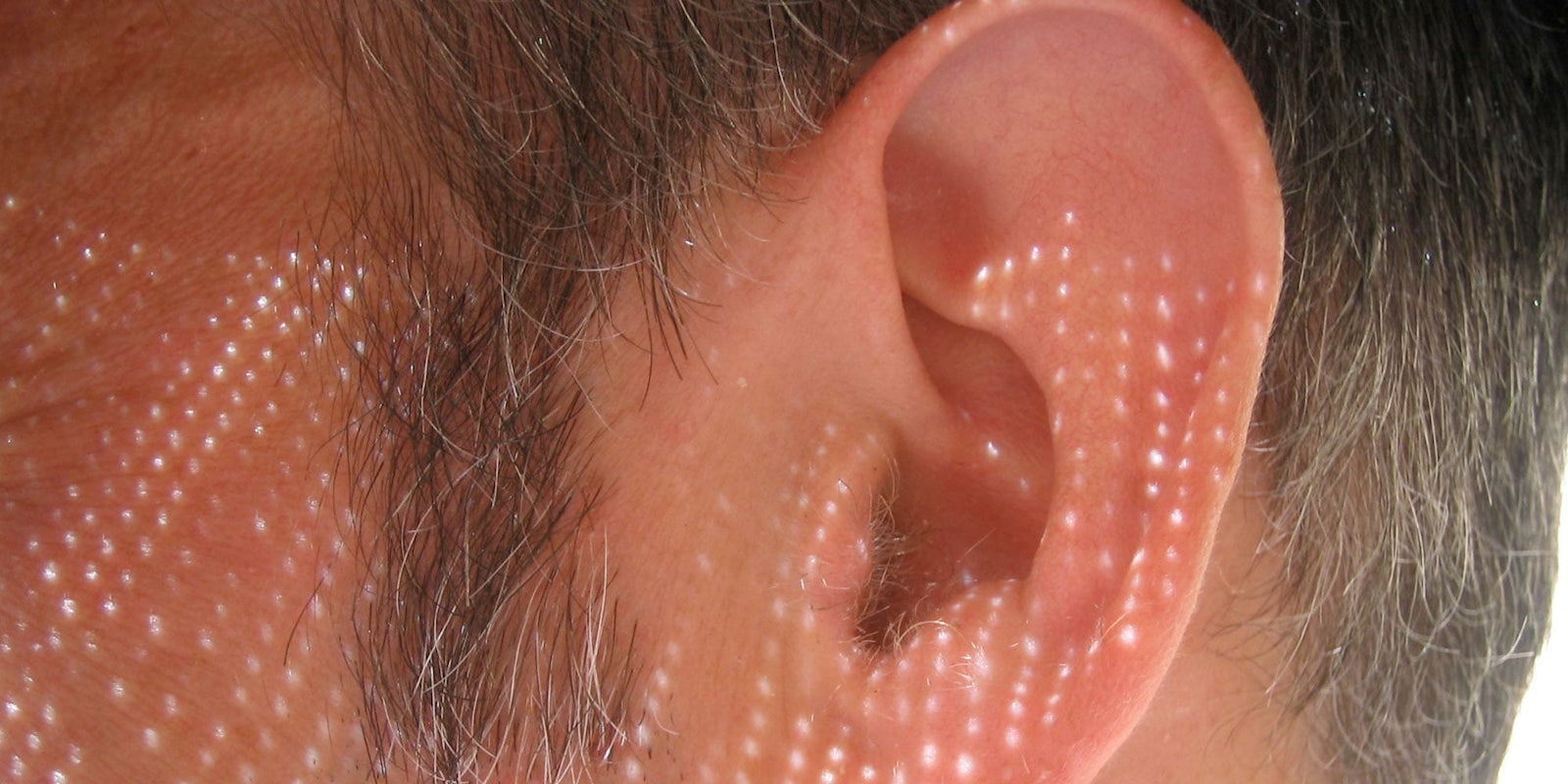Researchers have developed a way to beam audio messages directly into someone’s ear that cannot be heard by anyone else nearby.
The method, which transmits sound through the air with a laser, was recently announced by a team at the Massachusetts Institute of Technology’s Lincoln Laboratory.
In a paper published in The Optical Society (OSA) journal Optics Letters, researchers describe how an individual without any form of receiver equipment can be sent highly-targeted audio signals.
The entire process is possible thanks to the photoacoustic effect, which, according to the OSA, occurs “when a material forms sound waves after absorbing light.” The laser interacts with widely abundant water vapor in order to transmit audible messages.
Charles M. Wynn, the team’s lead researcher, says enough water vapor is present in the air naturally for the system to work in almost any setting.
“This can work even in relatively dry conditions because there is almost always a little water in the air, especially around people,” Wynn said. “We found that we don’t need a lot of water if we use a laser wavelength that is very strongly absorbed by water. This was key because the stronger absorption leads to more sound.”
Wynn also states that the system is the first of its kind to use lasers that are will not harm an individual’s eyes or skin.
Relying only on commercially available equipment, the team was able to transmit sound to a target over 2.5 meters away at 60 decibels. The MIT researchers believe the system can be made much more powerful with relative ease.
The technology could be used for anything from sending emergency messages to individuals in crowds or even by intelligence agents looking to send sensitive communications out in the open.
Ryan M. Sullenberger, the author of the team’s research paper, hopes the discovery will eventually be available to a wide range of people.
“There are a lot of exciting possibilities, and we want to develop the communication technology in ways that are useful,” Sullenberger said.
H/T BGR
